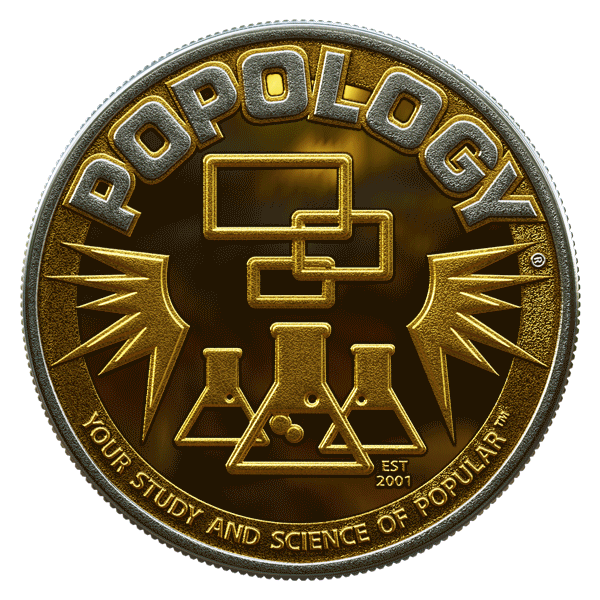- Joe Rey

- Oct 19
- 2 min read

MTV not only became a cultural necessetity, it fostered a primordial function of our industries creativity. If you didn’t make the MTV you weren’t really relevant.
Paramount will close several MTV-branded channels including MTV Music, MTV 80s, and others, on December 31, 2025
The flagship MTV channel (MTV HD) will continue to broadcast, but its programming will remain focused on reality shows like the Jersey Shore series.
MTV News shut down in 2023 as part of cost-cutting measures at Paramount Global. The archives for MTV News were also removed.
The decision to close the channels and cut staff is due to changing consumer habits and the rise of streaming platforms, which have led to a decline in viewership for linear television channels.
Launched, August 1, 1981; 44 years ago (1981-08-01) ; Founders. Mark Booth; Tom Freston · Judy McGrath · Robert Pittman · Fred Seibert · John Sykes.

Additional Executive Co-foundER Came Nyhl Henson. Henson Pioneered Pay-Per-View producing Leonard-Hearns and Holmes-Cooney Fights, Rolling Stones and The Who Rock Concerts and "Sophisticated Ladies" Live from Broadway. Also Nyhle Co-founded Nickelodeon and CMT.
I was happy to be among a grand pool of Super Creatives that forged the visual & story esthetics of music video for 2 decades myself. Directors like Marcus Nispel, David Fincher, Hype Williams, Liz Friedlander, Dayton & Ferris, Sophie Muller, Michel Gondry, Floria Sigismondi, Mark Pellington, Jonathan Glazer, Francis Lawrence, Spike Jonze, Diane Martel, Bille Woodruff, and Joseph Kahn are just a tip of the list of greats that I learned from and adore!

With all this exposure & inspiration access, I am proud to share with you what we are doing with all the zeitgeist MTV infused into our industry, POPOLOGY® !
POPOLOGY® even has ex MTV EXECS like Nyhl Henson as Board oF Advisors & Masterful Producers like Oliver Fuselier on the leadership team who Produced for David Fincher and many more MTV Director Greats...
Now Imagine you have the taste of the program directors of the MTV ERA, (I know you do) and YOU CURATE from every online platform into one unified stream (the POPcast® PEERstream™) & YOU & your viewing audience be rewarded.

MTV reported Music News, similarly POPOLOGIST® reports “the personal popular” as a decentralized internet broadcasting network that brings a new batch of influencers as POPOLOGIST Global Ambassdadors! The rest is new history!
MTV Will AlwaYs Have a special place in the archive and expression of POPOLOGY®!
I WANT MY POPOLOGY!





























































































%20NEW-03.png)







